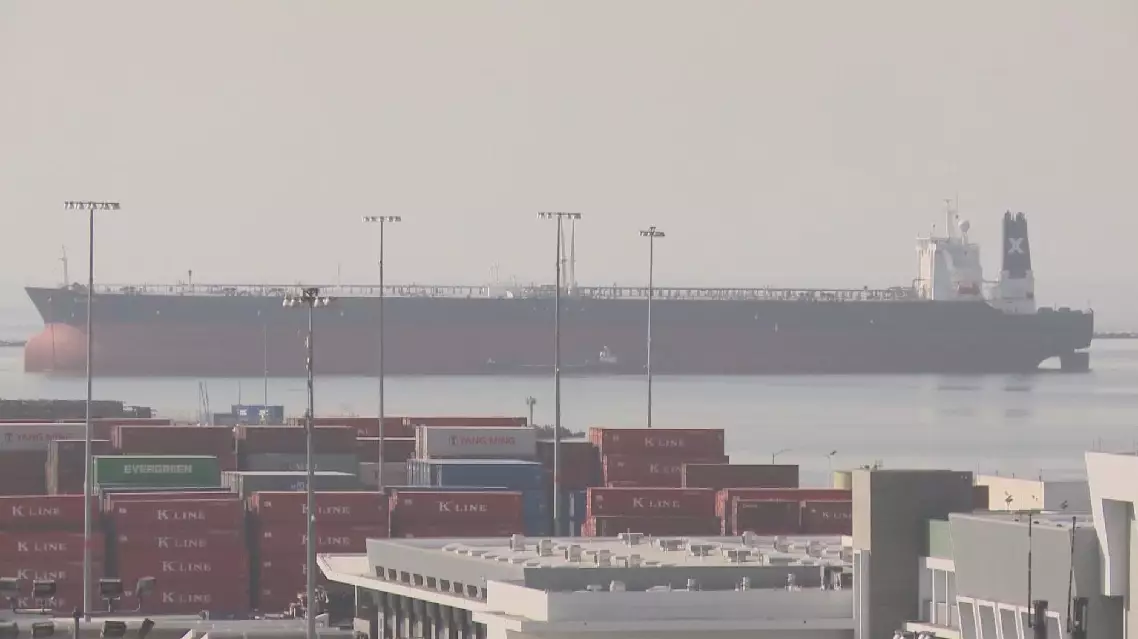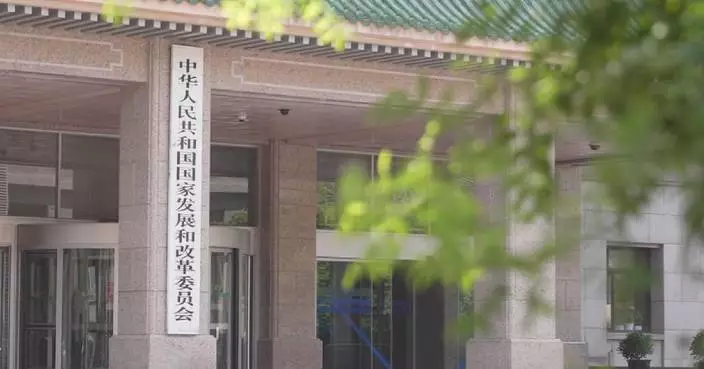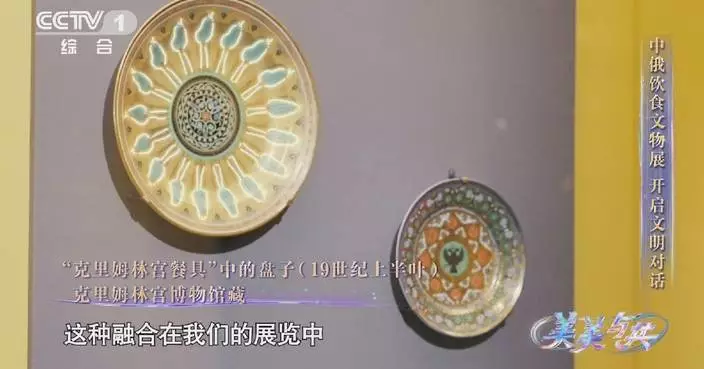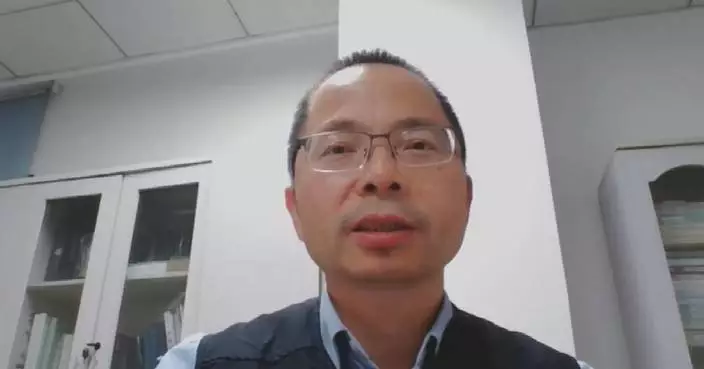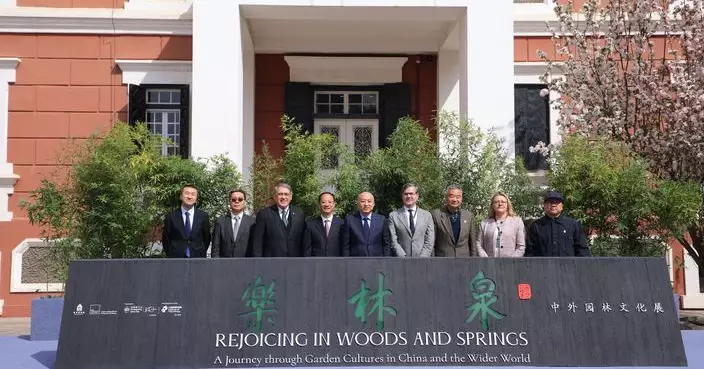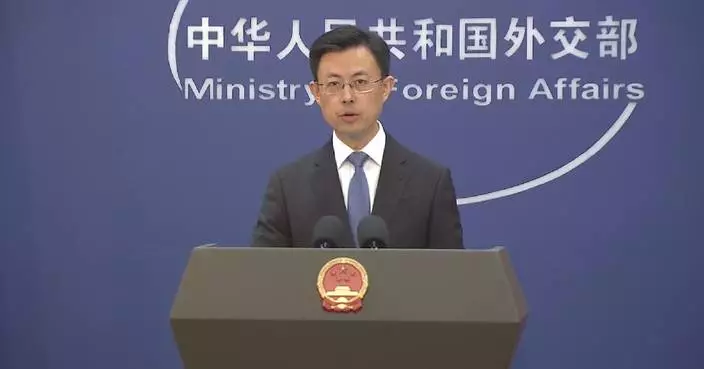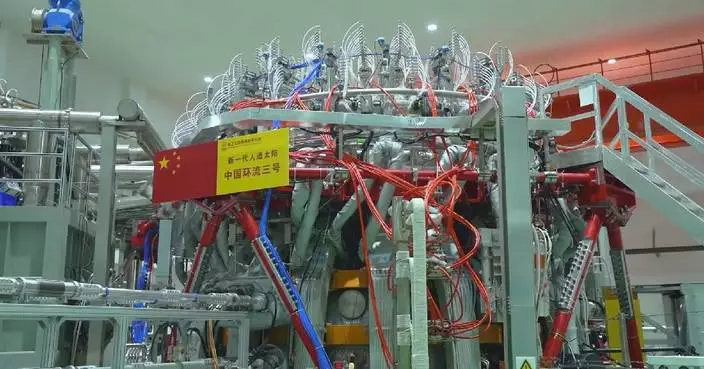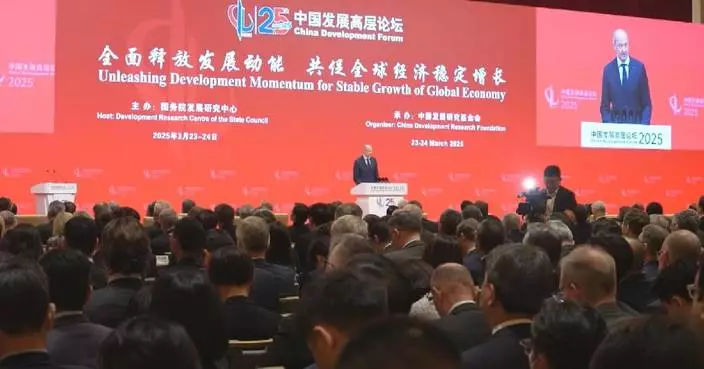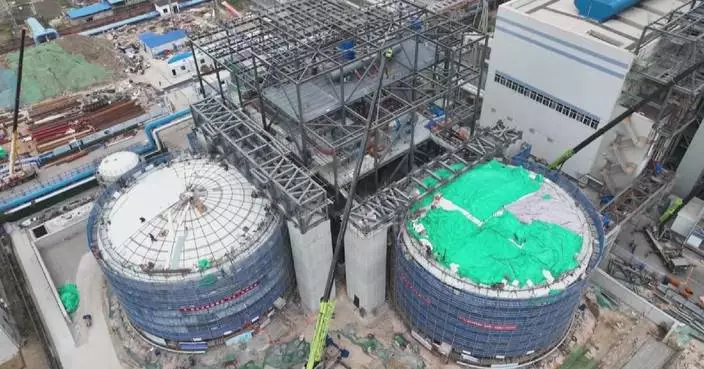The once barren saline-alkali land in northeast China's Jilin Province is now producing bumper rice crops along with fat crabs and ducks, thanks to innovative land improvement techniques and smart farming practices.
In western Jilin, where rainfall is scarce and soil salinity is high, it is difficult for crops to grow properly. Since 2012, the region has reclaimed about 150,000 hectares of saline-alkali land for cultivation.
The efforts are part of Jilin's broader strategy to boost food security, with the province now producing over 40 million tons of grain annually, enough to feed 200 million people for a year.
At a six-hundred-hectare demonstration farm near Jilin's Da'an city, rice paddies now teem with ducks and crabs. The harvest season for rice has not come yet, but a bumper harvest for ducks and crabs in the ecological paddy field has been secured.
"The crabs and ducks in this field help loosen the soil, fertilize the rice fields and catch insects. The crabs and the ducks will also be sold for a profit in fall," said Wang Qianshi, a staff member of Da 'an saline-alkali land improvement project.
The land reclamation process begins with careful leveling done by large agricultural machinery to ensure even water distribution.
Researchers have developed various methods to combat soil salinity, including physical, chemical, and biological treatments.
One novel approach uses organosilicone compounds.
"The organosilicone added can layer the soil and water instantly, breaking the soil compaction which is conducive to the growth of rice roots," said Feng Zhennan, a saline-alkali land improvement technology personnel.
To prevent the recurrence of salinity called saline-alkali stress, scientists have spent years of research and developed a smart management system to monitor soil conditions in real-time.
"Our field monitoring system can monitor the PH change in real time. When the PH value is high, we can deal with it in time, switch on the irrigation mode to prevent the saline-alkali stress of crop growth," said Meng Xiandong, a staff member of Da'an saline-alkali soil smart farm.
These technological advancements are attracting young, tech-savvy farmers to the region. After a year of improvement and two years of fertilization, the reclaimed land can match the productivity of fertile fields.
Last year's harvest from the improved saline-alkali land in Da'an yielded six tons of grain per hectare, with Local cooperative leaders expecting a 20 percent increase this year in the forthcoming harvest season which begins in 20 days.
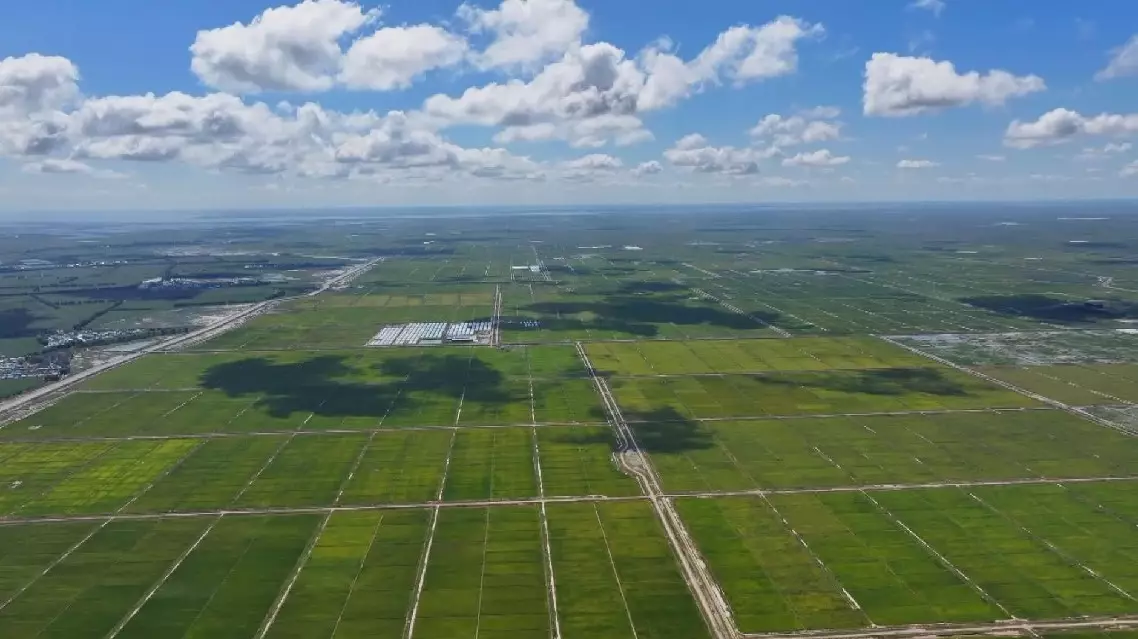
Innovative techniques, smart farming transform saline-alkali land into fertile soil in China’s Jilin
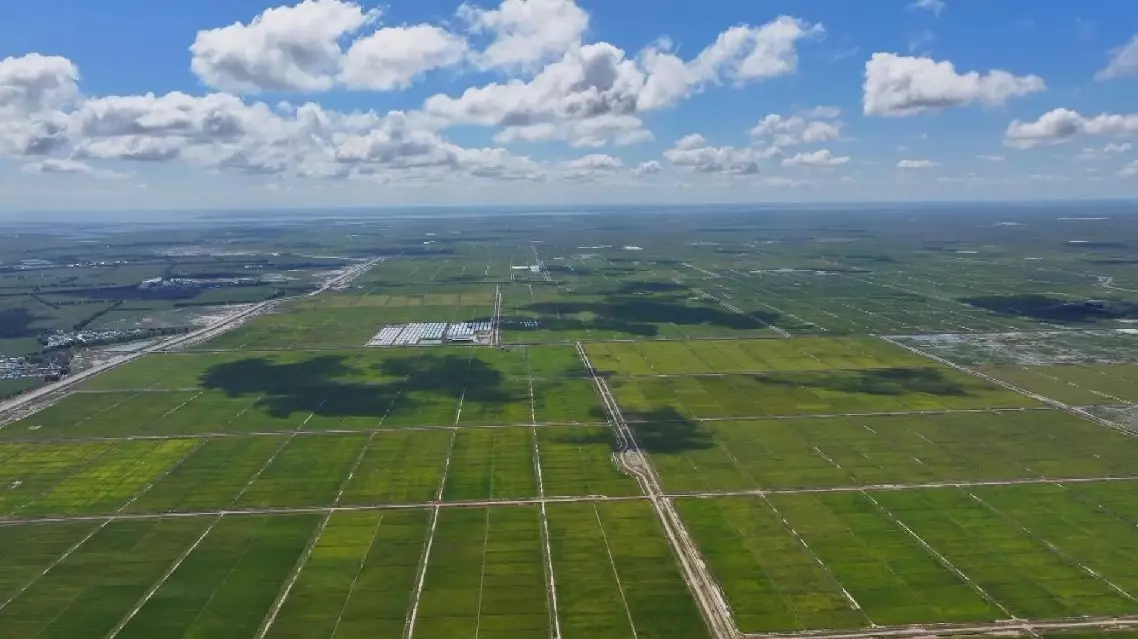
Innovative techniques, smart farming transform saline-alkali land into fertile soil in China’s Jilin



